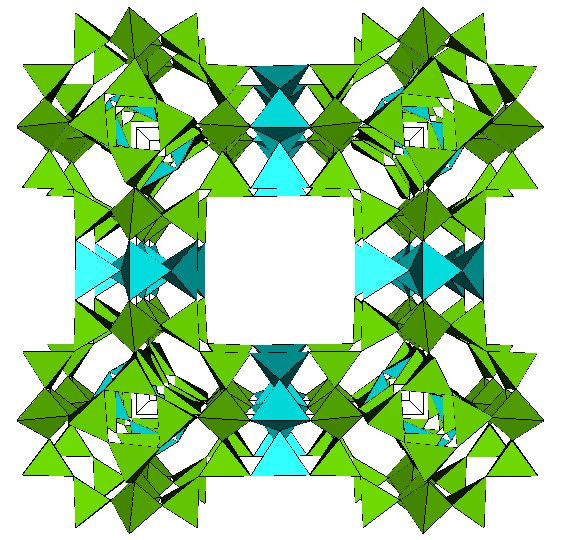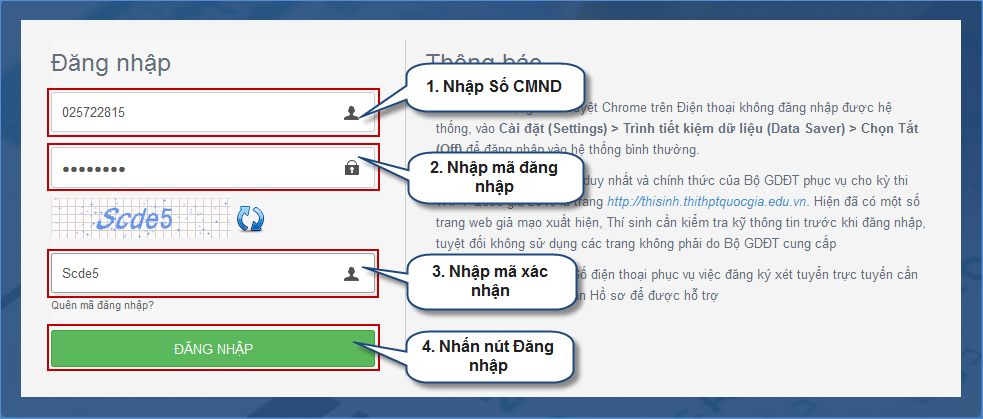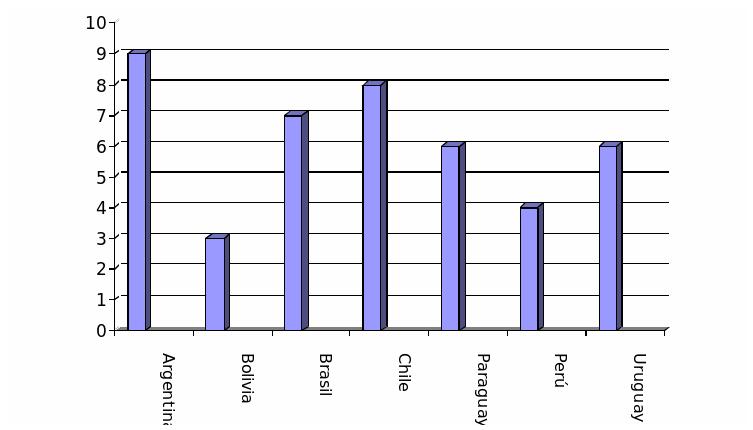o phthalmology ============ telephone: 0121 424 2000 i nformation for patients probing surgery - information for families
O
phthalmology
============
Telephone: 0121 424 2000
I nformation for Patients
Probing Surgery - Information for Families
Watering eyes in infancy affects as many as 1 in 5 children, but
usually clears up without any special treatment. If it persists beyond
1 year of age then it is less likely to disappear on its own and we
usually suggest a probing operation. The watering is caused by a
blockage of the tear duct, the tube that passes tears from the eye
down into the nose and the purpose of the operation is to open up that
blockage so that the tears can flow more normally.
Benefits of the treatment
If the operation is successful it will enable the tears to flow
normally. As a consequence, not only will the eye be less watery, but
the recurring infection will be stopped. This does not mean your child
will never get conjunctivitis again, but it will stop the build up of
discharge on the lids that commonly accompanies a blocked tear duct.
The procedure
The operation is carried out under General Anaesthetic and you will
meet our anaesthetist before the operation. Please ensure you have
received instructions about food, drink and arrival time and that you
have understood them, as they are essential for your child's safety.
The operation only takes a few minutes and your child does not need to
stay in hospital afterwards.
The operation involves passing a fine flexible probe down the tear
duct. The probe is about the thickness of a darning needle but bends
much more easily. The probe follows the line of the tear duct and
breaks down any blockages within the duct. It is not a painful
procedure and as soon as your child has woken up from the anaesthetic
they will be back to full activity. Very occasionally they have a
small amount of blood around the nostril area.
What are the risks associated with Probing Surgery?
The main risk is that the probing may not work. Further surgery is
occasionally necessary if the watering persists. That would happen in
about 1 in 10 of our probing operations. We would then usually try the
probing for a second time to clear any resistant blockage. If the
second probing were also to fail then, depending on the cause, we
would probably recommend an intubation of the tear duct. This is very
similar to the probing, except that a fine silicone tube is left in
the duct for a period of about six weeks to stop the duct sealing off
again. This is also a quick operation but nose bleeding happens a
little more commonly. This is not heavy, and does not cause any great
distress to the children. If even the intubation fails, as it will in
about 5% of children, then we will need to discuss whether it is
appropriate to go onto the bigger operation of DCR
(Dacryocystorhinostomy). If that is thought to be advisable we will
discuss it with you in detail.
Rarely a false passage may be inadvertently created with the probe,
which would, again, result in failure of the probing to resolve the
watering eyes.
Minor bleeding at the corner of the eye or nostril or some bruising
are fairly common and will resolve within a few days.
What to expect after the Surgery
The watering eyes and the recurrent infection should improve very
quickly after the probing. The children do not need to be seen
regularly after the operation and we leave it up to the parents to
contact us 6 weeks after the operation if they do not feel it has
worked as well as expected.
Contact us
If your child is going to have an operation you may be asked to attend
the hospital for a preoperative assessment. Please ask our staff any
questions you may have about the treatment.
Alternatively, you can phone the main hospital switchboard on 0121 424
2000 and ask to speak to your Consultant’s secretary or ring 0121 424
0950 or 0121 424 3524 and ask to speak to Ms Jo Innes, senior
Orthoptist.
Additional sources of Information
Contact NHS Direct Telephone: 0845 4647
Or visit them on the Internet http://nhsdirect.nhs.uk
Please use the space below to write down any questions you may want to
ask:
P
robing Surgery – Information for Families Page 2 of 2
V ersion 1, May 2007
 ADVANCES IN STRUCTURE PREDICTION OF INORGANIC COMPOUNDS ARMEL LE
ADVANCES IN STRUCTURE PREDICTION OF INORGANIC COMPOUNDS ARMEL LE 1 NOMBRE DEL MEDICAMENTO JADELLE® 2 × 75 MG
1 NOMBRE DEL MEDICAMENTO JADELLE® 2 × 75 MG DECLARACIÓN DE LOS COAUTORES PARA LA AUTORIZACIÓN DE TESIS
DECLARACIÓN DE LOS COAUTORES PARA LA AUTORIZACIÓN DE TESIS GRUPO 1 FORMATO UNICO NACIONAL SOLICITUD PERMISO DE RECOLECCIÓN
GRUPO 1 FORMATO UNICO NACIONAL SOLICITUD PERMISO DE RECOLECCIÓN FORMULARI DE SOL·LICITUD BENVOLGUDABENVOLGUT RESIDENT PER INSCRIURE’T A L’ACTUAL
FORMULARI DE SOL·LICITUD BENVOLGUDABENVOLGUT RESIDENT PER INSCRIURE’T A L’ACTUAL BỘ GIÁO DỤC VÀ ĐÀO TẠO TÀI LIỆU HƯỚNG
BỘ GIÁO DỤC VÀ ĐÀO TẠO TÀI LIỆU HƯỚNG DEPARTAMENTO DE ASUNTOS SOCIALES FAMILIA JUVENTUD Y DEPORTE APROBADA
DEPARTAMENTO DE ASUNTOS SOCIALES FAMILIA JUVENTUD Y DEPORTE APROBADA COMPTE JUSTIFICATIU SIMPLIFICAT 1DADES DE L’ACTIVITAT SUBVENCIONADA CODI CONVOCATÒRIA
COMPTE JUSTIFICATIU SIMPLIFICAT 1DADES DE L’ACTIVITAT SUBVENCIONADA CODI CONVOCATÒRIA PRUEBA ESTUDIO Y COMPRENSION DE LA NATURALEZA COEFICIENTE 2
PRUEBA ESTUDIO Y COMPRENSION DE LA NATURALEZA COEFICIENTE 2 AMPARO LLOMPART CON RESPECTO A LA CARTA LA INSPIRACIÓN
AMPARO LLOMPART CON RESPECTO A LA CARTA LA INSPIRACIÓN